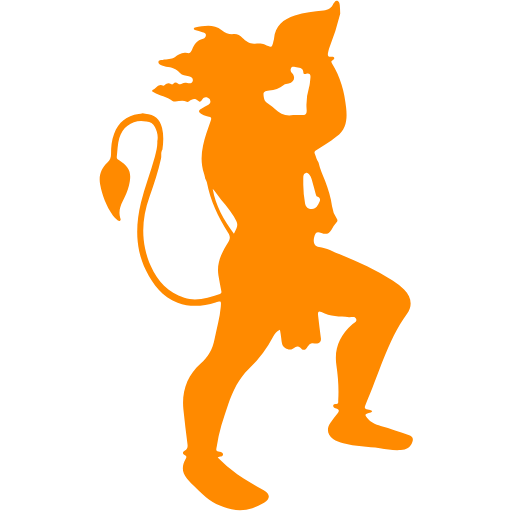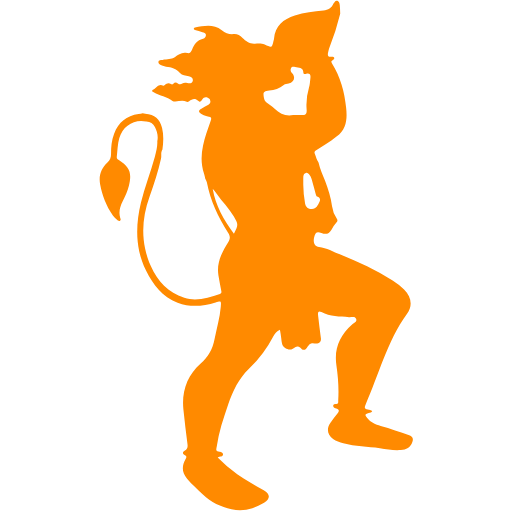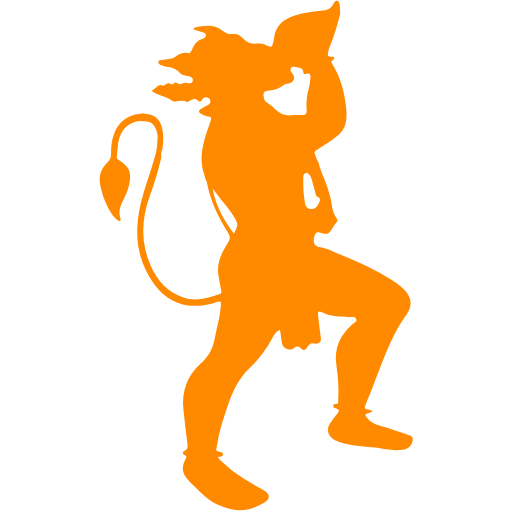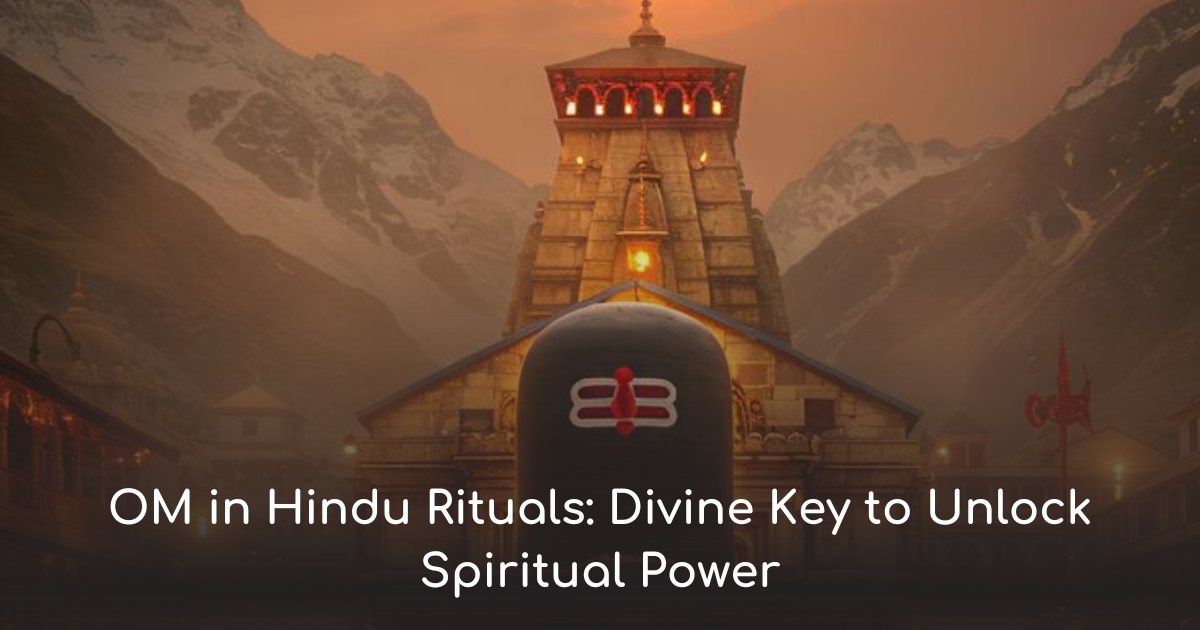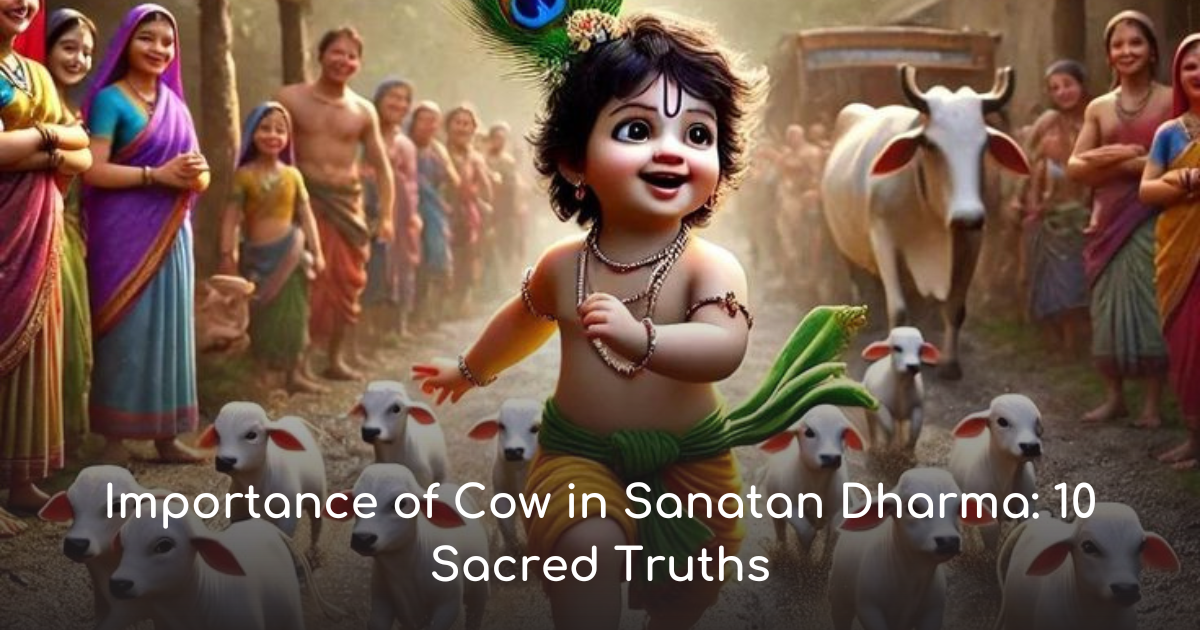how to identify yourself: 7 timeless truths from sanatan dharma

How to identify yourself beyond body and mind? Discover 7 timeless truths from Sanatan Dharma to uncover your true identity and inner purpose.
🌟 How to Identify Yourself: 7 Timeless Truths from Sanatan Dharma
How to identify yourself — this is not a surface-level question. It is the core of your existence, the question that has guided saints, sages, and seekers for thousands of years in Sanatan Dharma.
Today, people identify themselves by:
-
Name and surname
-
Religion or nationality
-
Career title or relationship role
-
Gender, age, or appearance
But these are only temporary labels. You existed before them. You will exist beyond them.
So, who are you really?
According to Sanatan Dharma, the truth of who you are is far more profound — and liberating.
Let’s explore 7 timeless truths that reveal your real identity — the eternal Atman (soul) — beyond the body, mind, and ego.
🔍 Truth 1 – You Are Not the Body, You Have a Body
This is the first and most essential step in discovering who you are:
You are not the body — you are the one who uses the body.
The Taittiriya Upanishad explains that the human being has five koshas or layers:
-
Annamaya Kosha – the physical body
-
Pranamaya Kosha – energy body
-
Manomaya Kosha – mental/emotional layer
-
Vijnanamaya Kosha – intelligence and wisdom
-
Anandamaya Kosha – the bliss sheath, closest to the soul
The body is the outermost sheath — visible, tangible, but not eternal.
🛕 Analogy: The Body as a Temple
-
You respect the temple, but don’t mistake it for the deity
-
Likewise, your body deserves care — but it is not your Self
“The body perishes, but the Self is unborn, undying, and indestructible.” – Bhagavad Gita 2.20
💡 Truth: Your body is a sacred vehicle, but you are the driver — not the vehicle.
🧠 Truth 2 – You Are Not the Mind, But Its Witness
Most of us live in the mind — a stream of thoughts, opinions, judgments, desires, and memories. But you can observe your thoughts, which means you are not the thoughts.
If you were truly your mind:
-
You couldn’t observe your thinking
-
You wouldn’t be able to say, “My mind is restless today”
-
You wouldn’t experience deep sleep — where the mind vanishes, but you still exist
🧘 The Role of the Mind
The mind is a powerful tool. But like a knife, if uncontrolled, it can hurt us.
Sanatan Dharma teaches that you are the observer (sakshi) — watching the rise and fall of mental waves.
“Just as the sun illumines all things without getting involved, the Self witnesses the mind without being affected.”
💡 Truth: The mind is a mirror, but you are the light that reflects in it.
🔄 Truth 3 – Ego Is the Mask, Not the Self
The ego (ahamkara) is the voice that says, “I am this body. I am this name. I am superior. I am right.”
It is the false self — a mask worn for functioning in society.
But who were you before the name was given to you?
Who are you without your story?
🎭 The Nature of Ego
-
Ego is fragile — it depends on comparison, approval, and roles
-
It thrives on separation — “me vs them”
-
It creates fear, pride, jealousy, and insecurity
Sanatan Dharma says: Break the identification with ego to discover the Atman — the real Self.
“When the ego dies, the soul awakens.” – Ramakrishna Paramahamsa
💡 Truth: You are not the role — you are the one playing the role, temporarily.
🧘 Truth 4 – The Upanishads Reveal Your Eternal Self
The ancient Upanishads are not books of belief — they are manuals of Self-Realization. And their core teaching is beautifully simple:
“Tat Tvam Asi” – “You Are That.”
-
You are not separate from the divine
-
You are not an object in the world — you are the witness of the world
-
Your essence is sat-chit-ananda: eternal existence, pure consciousness, and bliss
🌞 Self = Brahman
The Chandogya Upanishad, Mandukya Upanishad, and Brihadaranyaka Upanishad all confirm:
“Aham Brahmasmi” – “I am Brahman.”
Not as ego, but as universal consciousness behind all names and forms.
💡 Truth: Your real identity is not personal. It is divine, infinite, and beyond form.
👉 In the next section, we’ll explore:
-
🔁 The power of self-inquiry using “Who am I?”
-
🧘 How awareness in daily life shifts your self-identity
-
🌼 The final realization: You are the Atman — never born, never dying
🌀 Truth 5 – “Who Am I?” Inquiry Is the Direct Path to the Self
No question has changed more lives than this:
“Who am I?”
This was the central practice of Sri Ramana Maharshi, and also the core of Vedantic self-inquiry (Atma Vichara).
When you repeatedly ask “Who am I?” and watch where thoughts come from, something magical happens:
All labels fall away. All answers appear false — until only awareness itself remains.
🔍 How to Practice It:
-
Sit in silence and observe thoughts
-
Ask: “To whom does this thought arise?”
-
Answer: “To me.”
-
Now ask: “Who am I?”
-
Don’t answer with words — wait in silence
-
Thoughts dissolve, and pure awareness is revealed
“The mind turned inward is the Self. That is the only truth.” – Ramana Maharshi
💡 Truth: “Who am I?” is not just a question. It is a portal to your eternal nature.
🌿 Truth 6 – Self-Identity Shifts When You Live With Awareness
Once you begin walking the path of awareness, your identity starts to evolve:
-
From “I am the body” → to “I have a body”
-
From “I am the mind” → to “I am the witness of the mind”
-
From “I am this person” → to “I am awareness flowing through this form”
🧘♀️ Everyday Practices to Build Awareness:
-
Watch your breath
-
Observe your speech and reactions
-
Ask gently throughout the day, “Who is watching all this?”
Even while walking, working, or eating — become aware of the silent presence behind the activity.
This is called sakshi bhava — the witness consciousness.
“Be still. The real you is not your thoughts. You are the stillness behind them.”
💡 Truth: Awareness is not something you do. It is who you are.
🌼 Truth 7 – You Are the Atman: Unchanging, Infinite, Blissful
When all false identities dissolve, what remains?
✨ Silence
✨ Presence
✨ Light
✨ Peace
This is the Atman — the real you, beyond the mind, roles, or body.
The Bhagavad Gita (2.20) says:
“The soul is neither born, nor does it die; it is eternal, indestructible, and changeless. It is not slain when the body is slain.”
When you realize this:
-
You stop fearing death
-
You stop clinging to praise or criticism
-
You stop seeking outside and begin resting inside
This is moksha — freedom from illusion, suffering, and rebirth.
💡 Truth: You don’t need to become anything. You only need to remember what you are.
🙏 Conclusion – To Know the Self Is to Know the Divine
So, how to identify yourself?
-
You are not the body – it is your instrument
-
You are not the mind – it is your servant
-
You are not the ego – it is your mask
-
You are the Atman – pure, eternal, blissful consciousness
This journey from false identity to true Self is the essence of Sanatan Dharma.
“Knowing yourself is not learning something new. It is removing everything false, and seeing what remains.”
🚩 Call to Action:
🕯️ Begin your inward journey with one small step today:
-
Sit in silence for 10 minutes
-
Gently ask, “Who am I?”
-
Wait in stillness. Feel the awareness.
📖 Discover more truths from Upanishads, Gita, Vedanta, and Yoga at SanatanYug.com
You don’t need to look far.
Your truth is within. 🌺
❓ FAQs – How to Identify Yourself Spiritually
1. Why do we forget our true self?
Because of Maya (illusion) and identification with the body, mind, and ego. When we believe we are the name and form, we forget we are the soul.
2. Can everyone realize the Self?
Yes. Self-realization is everyone’s birthright. With guidance, awareness, and practice, anyone can remember their divine nature.
3. What is the fastest path to self-realization?
Self-inquiry (Who am I?), meditation, detachment, and devotion to truth are the most direct paths.
4. Is self-knowledge the same as enlightenment?
Yes. When you know your Self as Atman, you are free from suffering and illusion — this is Jivanmukti (liberation while living).
5. What happens after realizing the Self?
Peace, joy, and clarity become natural. Desires drop. Fear fades. You live in harmony with all beings, knowing you are not separate.

